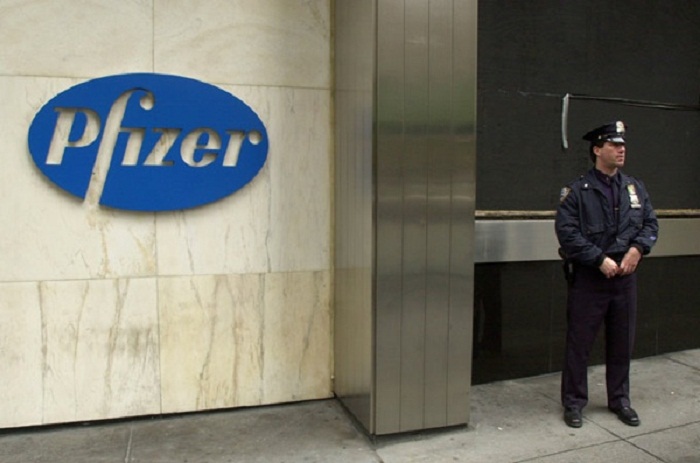2. Smithfield Foods

Smithfield Foods is a pig slaughterhouse—that’s fine; plenty of people eat bacon and pork. They package about 6 billion pounds of pork annually, which means they need a lot of pigs. A lot of pigs produce a lot of waste—in the neighborhood of about 26 million pounds per year as far as Smithfield is concerned.
But let’s get visceral: Smithfield pigs are raised in barns that hold thousands of tightly packed hogs. The floors of these barns have slits that allow waste to fall through into a series of pipes that takes it to massive open-air holding ponds. The pigs are injected with a cocktail of antibiotics, sprayed with insecticides, and dozens of chemicals that all end up in the holding ponds—ponds so toxic that if somebody falls in, they’ll be dead before you can save them.
So how do they get rid of millions of pounds of liquid, chemical-infused pig waste? They spray it into the air in a mist so that it drifts off their property and becomes Someone Else’s Problem. A someone else’s problem filled with hydrogen sulfide, ammonia, methane, and over a hundred other toxic gases that have given people in the surrounding areas conditions like bronchitis, asthma, and neurological damage.




































Discussion about this post